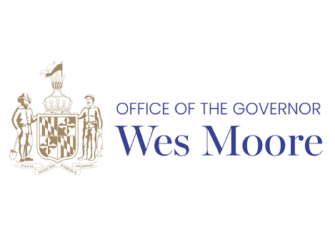
Baltimore, MD – The Maryland Department of Assessments and Taxation today announced its 2024 reassessment of 767,226 “Group 3” residential and commercial properties. In Maryland, there are more than two million property accounts that are split into three groups, each appraised once every three years. The overall statewide value increase for “Group 3” properties was 23.4% since its last reassessment three years ago.
The overall statewide increase was higher than 2023’s 20.6% increase, representing an average increase in value of 25.6% for all residential properties and 17.6% for all commercial properties over the three-year period since the last “Group 3” reassessment for January 2021.
“For six consecutive years, all 23 counties and Baltimore City have experienced an increase in residential and commercial property values, indicating that owning a home or business in Maryland continues to be a good investment,” said SDAT Director Michael Higgs. “SDAT is pleased to provide our customers with new and improved reassessment notices this year and, as part of our Tax Credit Awareness Campaign, each reassessment notice includes information about the Departments’ Homeowners’ and Homestead Tax Credits, which save Marylanders more than $260 million in taxes each year.”
The 2024 assessments for “Group 3” properties were based on an evaluation of 85,904 sales that occurred within the group over the last three years. If the reassessment resulted in a property value being adjusted, any increase in value will be phased-in equally over the next three years, while any decrease in value will be fully implemented in the 2024 tax year. For the 2024 reassessment, 96.6% of Group 3 residential properties saw an increase in property value.
Property tax assessment notices were mailed to Group 3 property owners on Thursday, December 28, 2023. A map of which properties fall into Groups 1, 2, and 3 and their respective years for reassessment can be viewed on SDAT’s website here. For additional statistics and information, please visit the Department’s Statistics & Reports webpage.
The Homeowners’ Tax Credit provides relief for eligible homeowners by setting a limit on the amount of property taxes that are owed based on their income. Residential property owners who complete a one-time application and meet certain eligibility requirements can also receive a Homestead Tax Credit, which limits their principal residence’s taxable assessment from increasing by more than a certain percentage each year regardless of their income level. Although statewide legislation caps the increase at no more than 10% per year, many local governments have capped property taxes at lower percentages.



